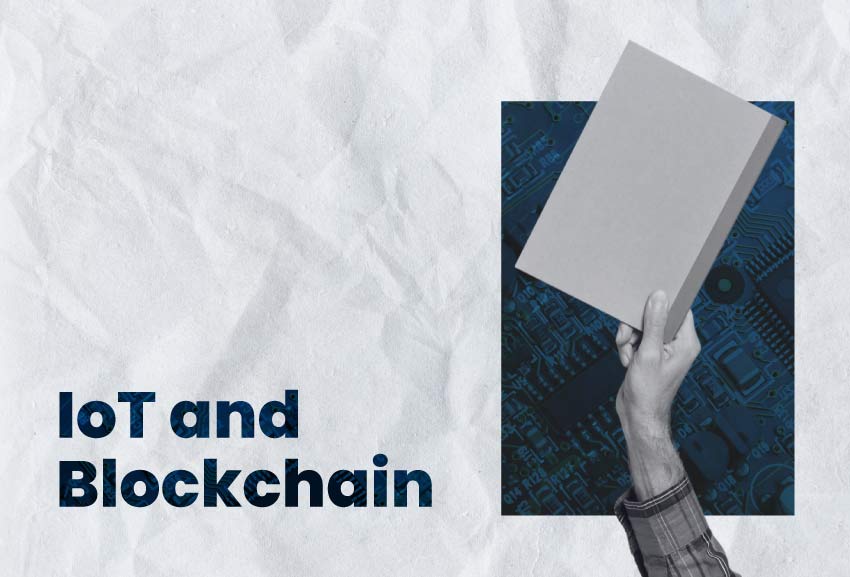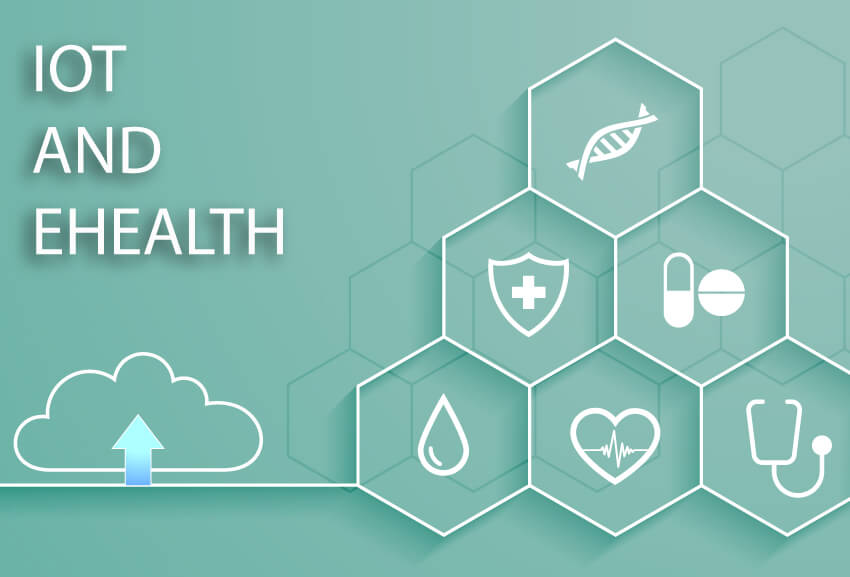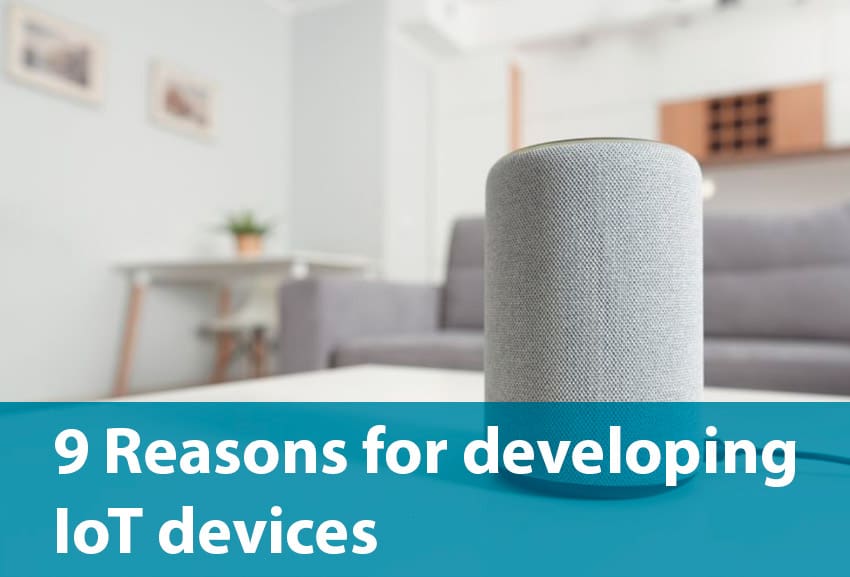What is blockchain?
Blockchain is a type of digital ledger that is used to record transactions in a secure, transparent, and tamper-proof way. Blockchain could be seen as a digital notebook that keeps a permanent record of every transaction that is made around a specific topic, product, or service.
For instance, every time a new transaction is added to the blockchain, it becomes a new “block” in the chain, and this block is linked to the previous ones to create an unbroken chain.
Since each block contains information about every previous transaction, it is almost impossible to change or manipulate the data in the blockchain. This is what makes blockchain a secure and trustworthy way to store and exchange valuable information: personal data, sensitive information, business records, money, among others.
How can IoT and blockchain work together?
IoT and blockchain can work together to create a secure, decentralized network for exchanging and storing data. If you already know how important is IoT, you understand that IoT devices can generate large amounts of data.
In this case, by combining the Internet of Things and blockchain, there will be a secure and transparent way to store this data in the cloud.
For example, blockchain devices can securely record and share information about the condition and status of equipment, supply chains, or other connected devices inside a company (What is IIoT). Thanks to this blockchain technology, all data collected can’t be manipulated, and the company can be sure all information they have is safe in their cloud platforms and systems.
In other words, blockchain can ensure better privacy and security conditions in IoT by adding extra protection layers, and by providing a decentralized and secure platform for storing and exchanging data.
This means hackers would face an added challenge in attempting to access the network due to the robust encryption offered by blockchain. The high level of encryption makes it nearly impossible to alter previously recorded data by the IoT devices.
Examples of IoT and blockchain
This mix isn’t really advanced to the time of writing this article, however, we could give some ideas on how this would work.
Imagine there is a smart energy company that is using blockchain technology for their IoT devices. Such devices are installed throughout an energy network, and they are in charge of monitoring the energy level consumptions of the houses.
With the help of IoT blockchain, these utilities companies can measure with confidence the different levels of consumption in each house, and none of the homeowners could access such information for altering or changing the real values.
How is this useful? Well, by using IoT and blockchain, the smart energy company can certainly know which houses are consuming high levels of electricity, and charge them accordingly. There wouldn’t be any chances for hackers to steal such data, or to corrupt it.
Another benefit of blockchain devices is the possibility to innovate according to the collected data. The smart energy company can make suggestions to their users on how to save energy, or even, they could create devices they can use at home for having a better control of electricity.
More articles related to Internet of Things
IoT embedded systems
IoT market
IoT data science
Artificial intelligence and IoT
Internet of Things privacy
IoT sensors
IoT device examples
Marketing IoT
Developing IoT devices
IoT prototyping
IoT with Python





